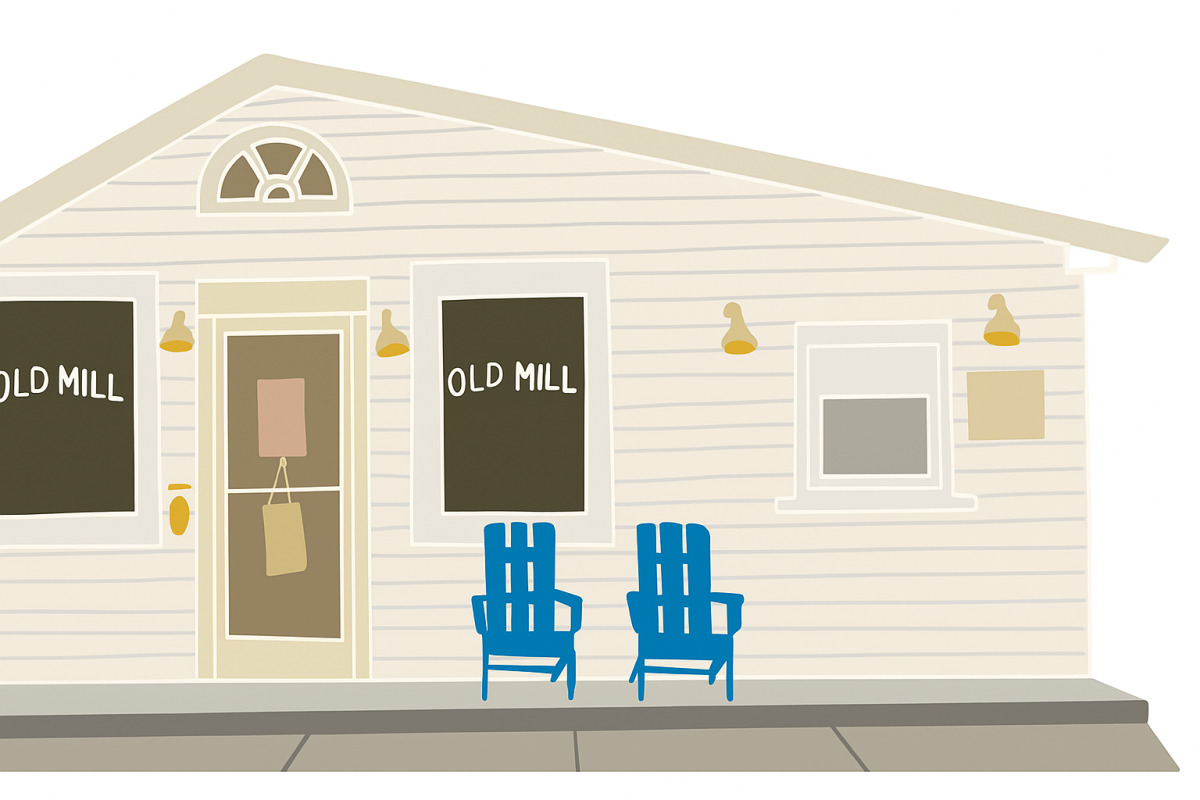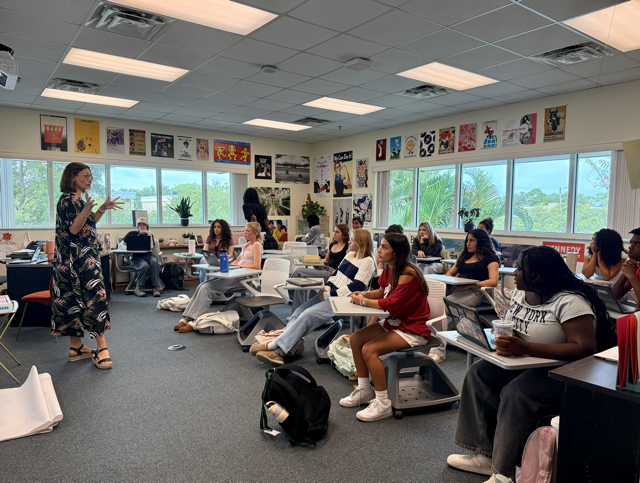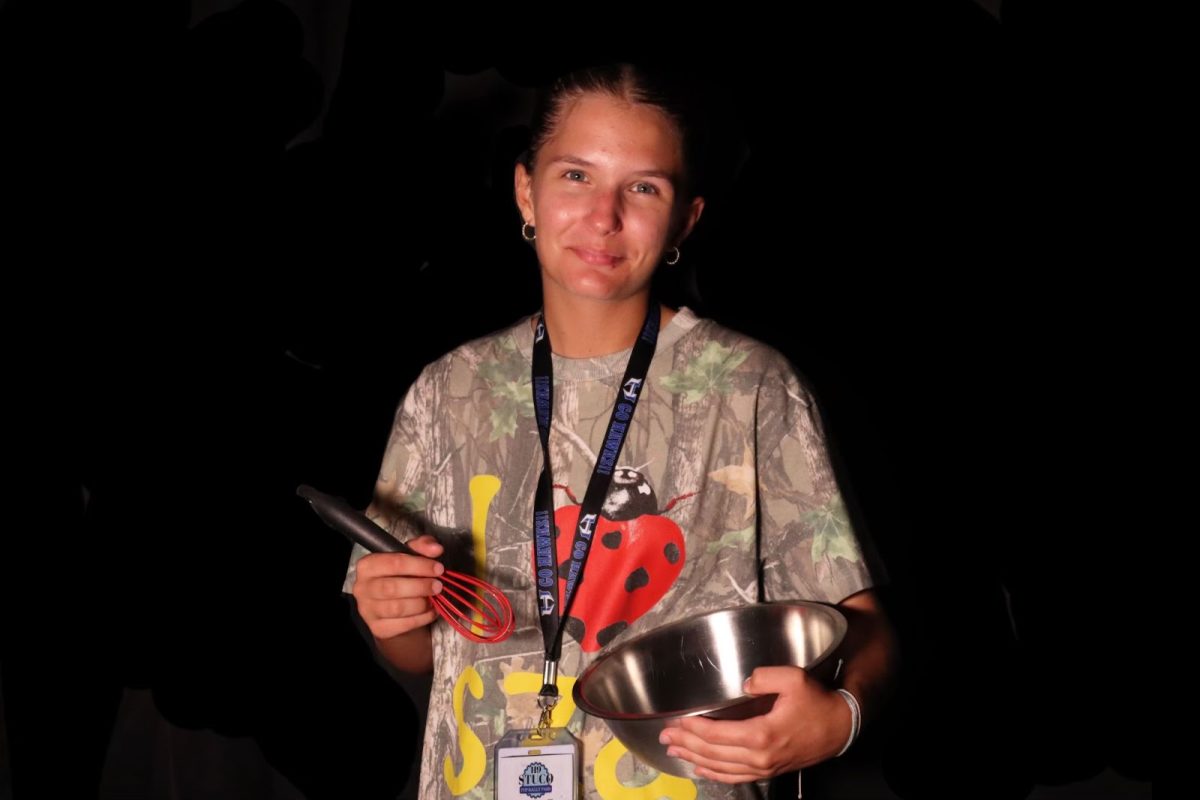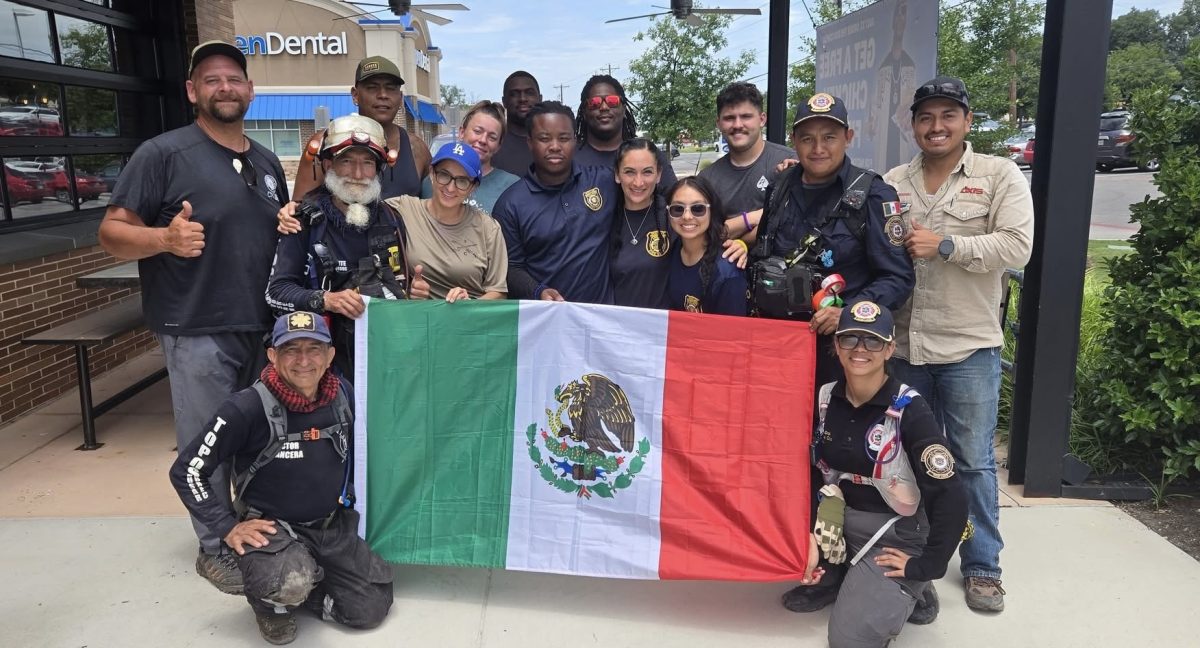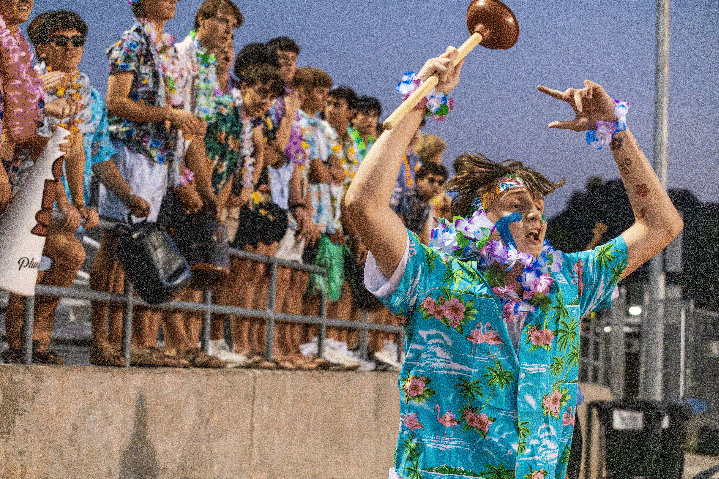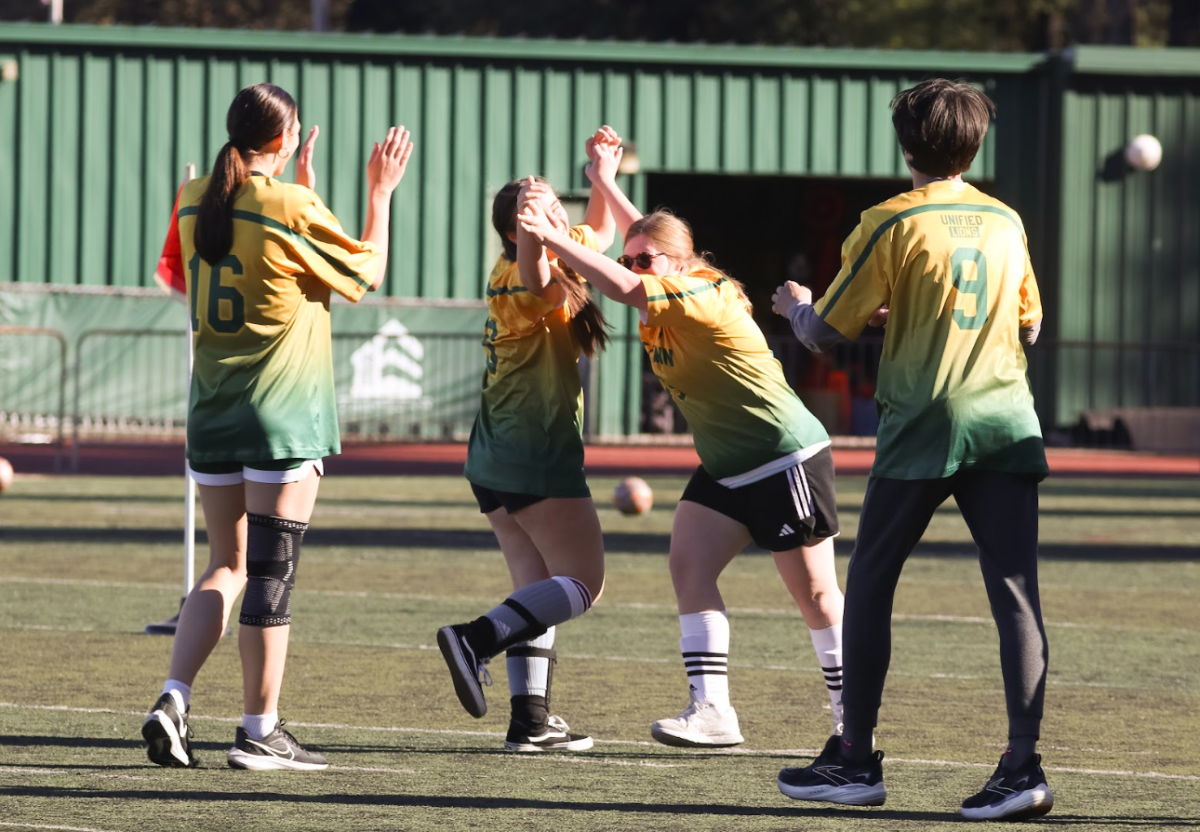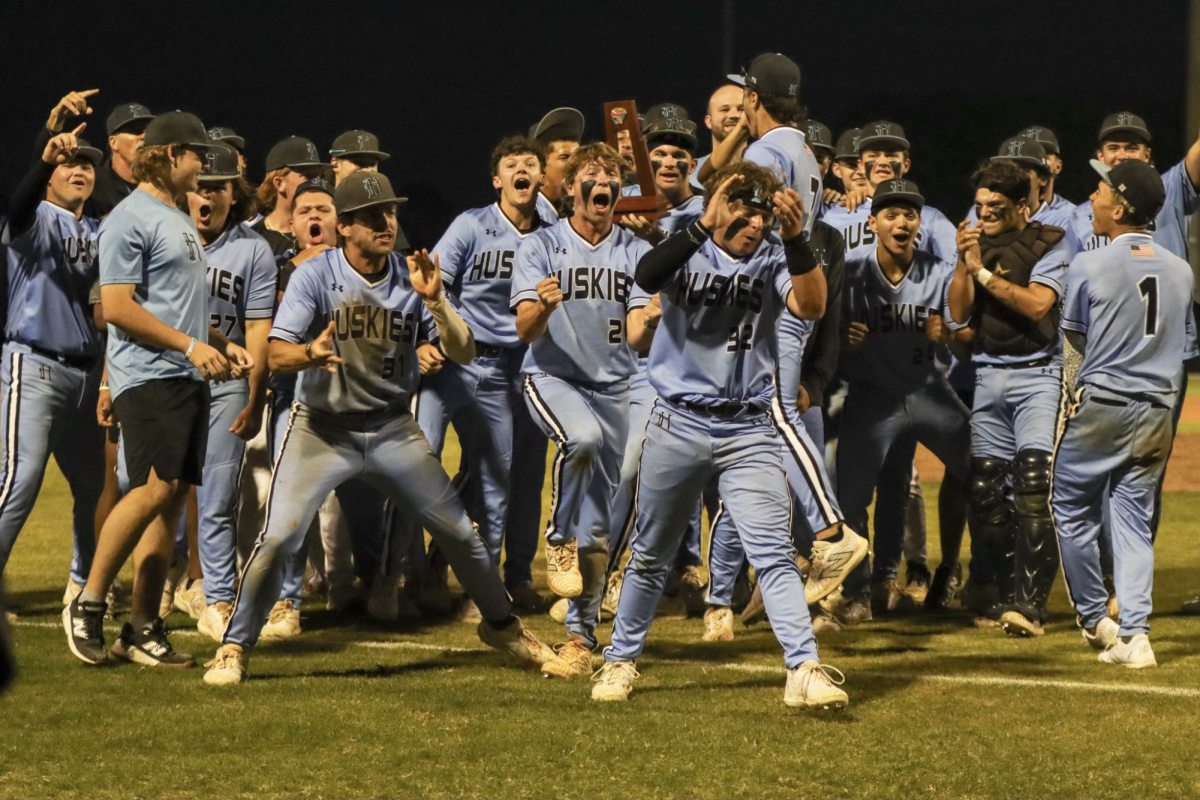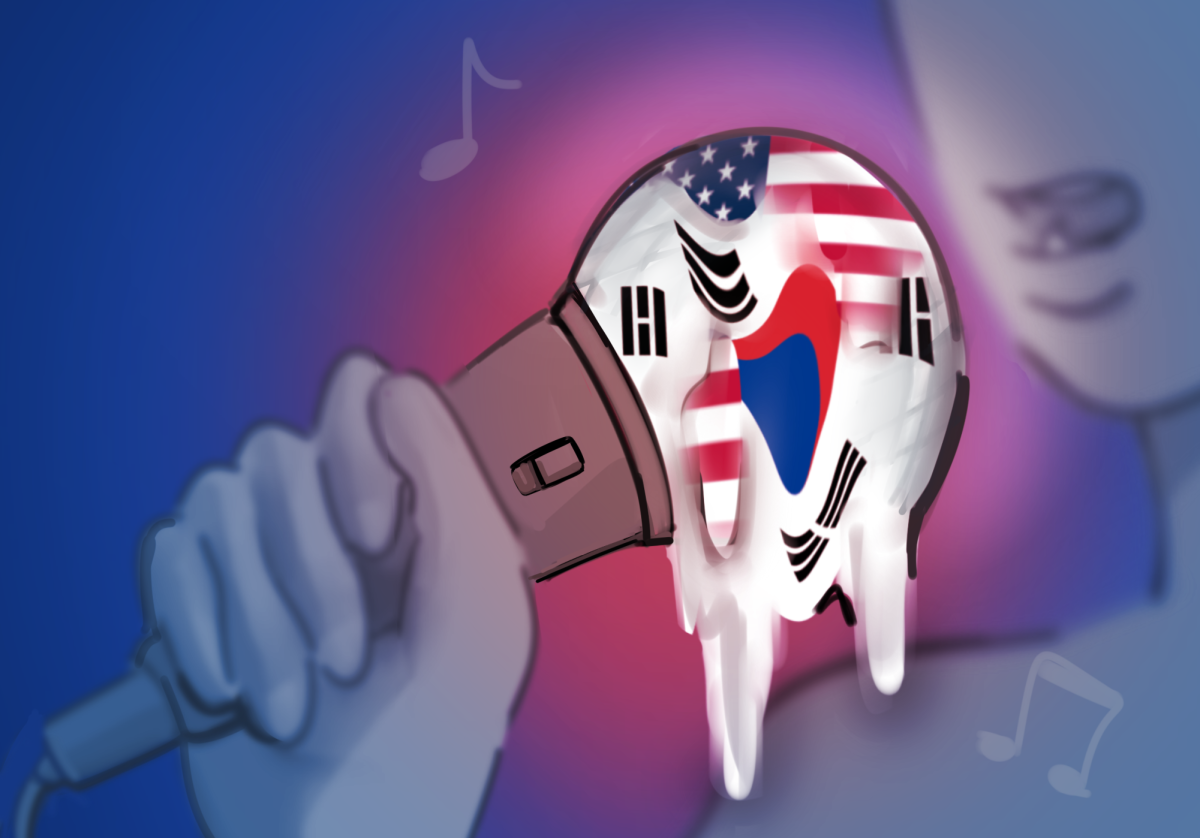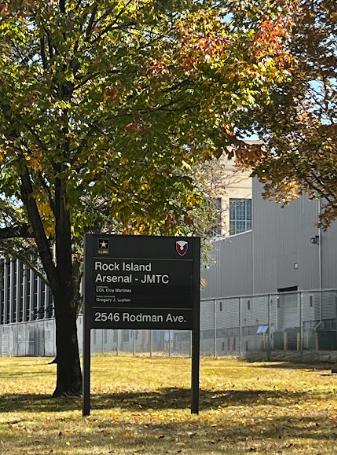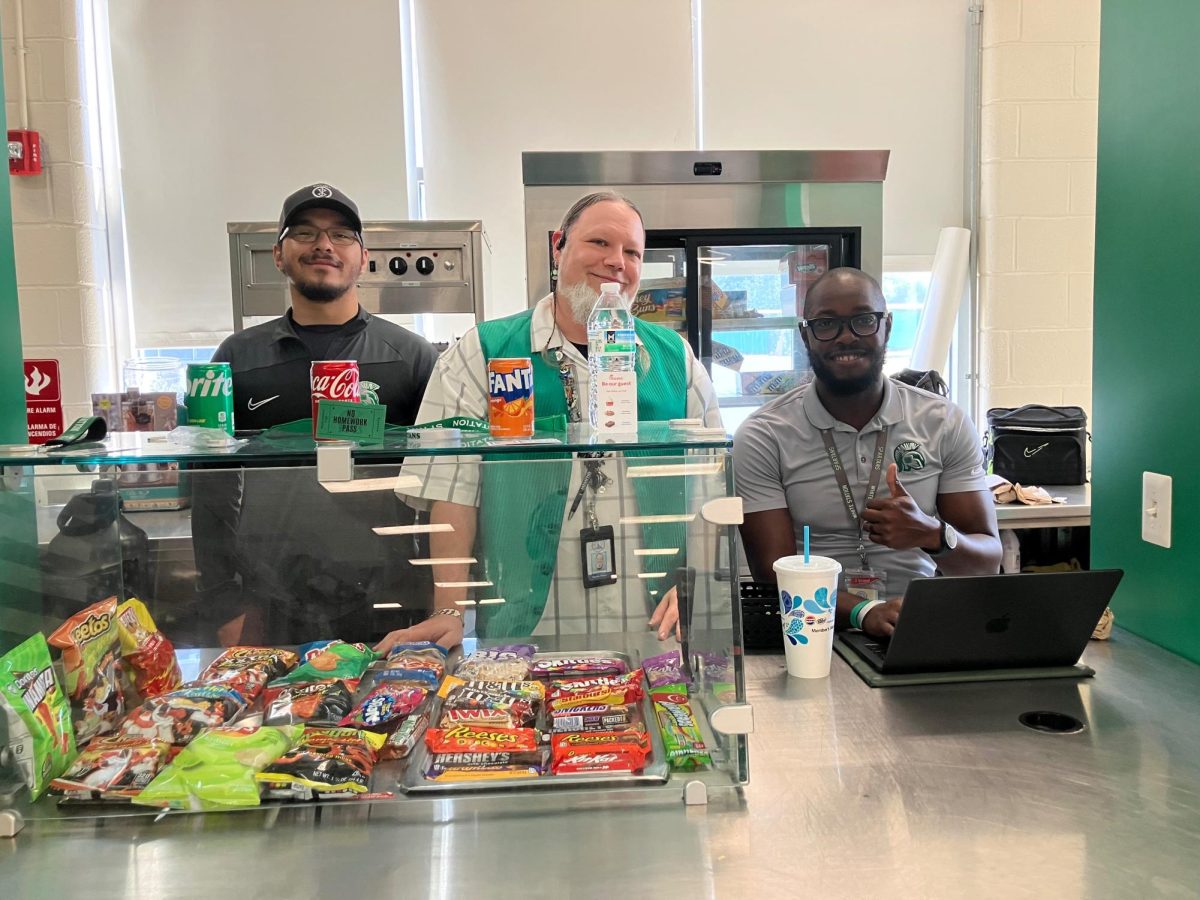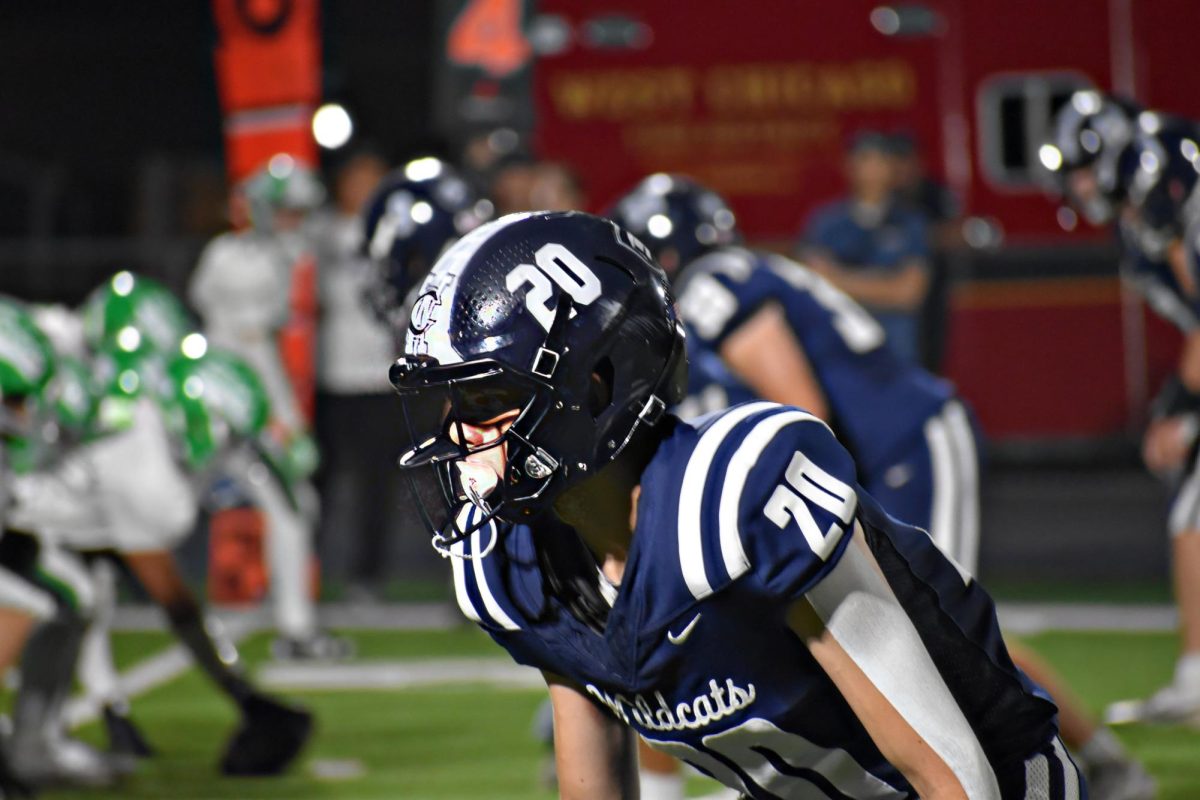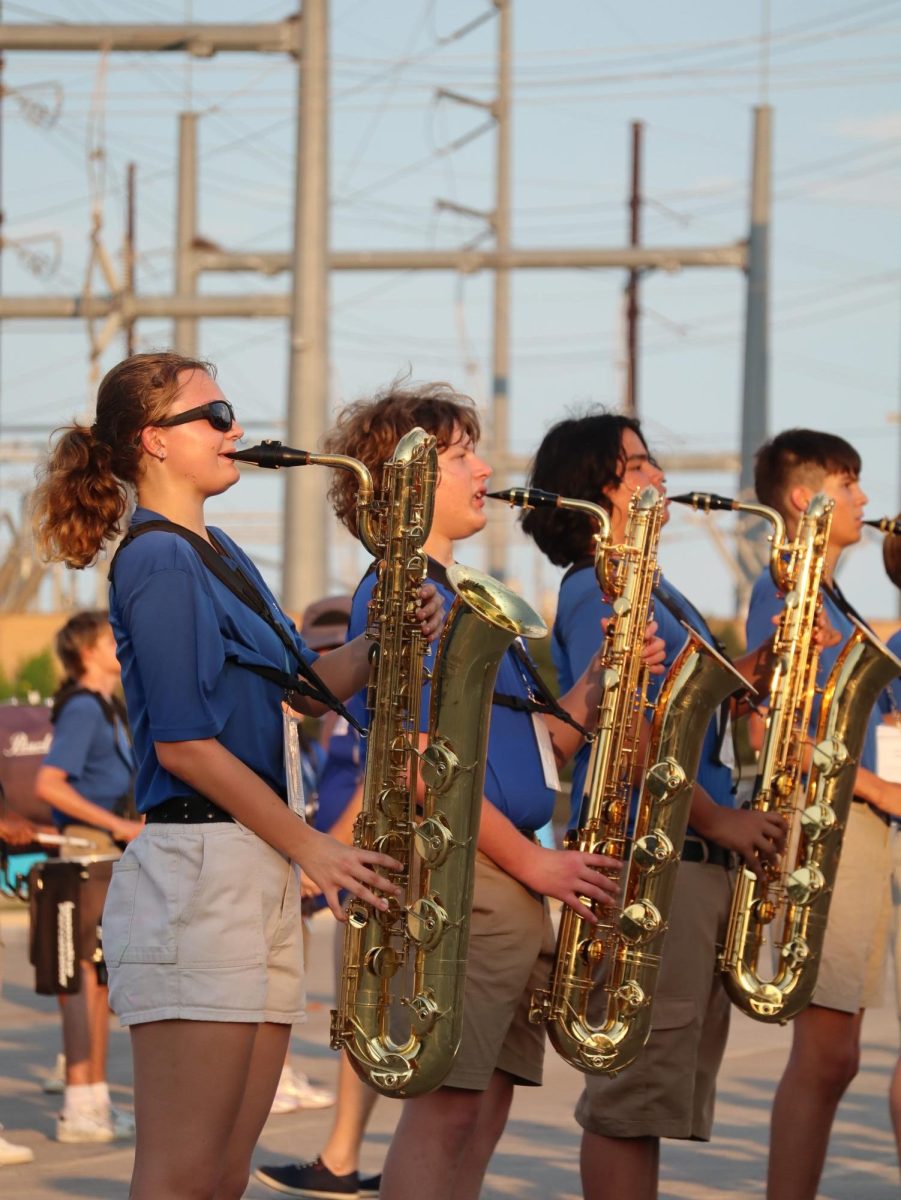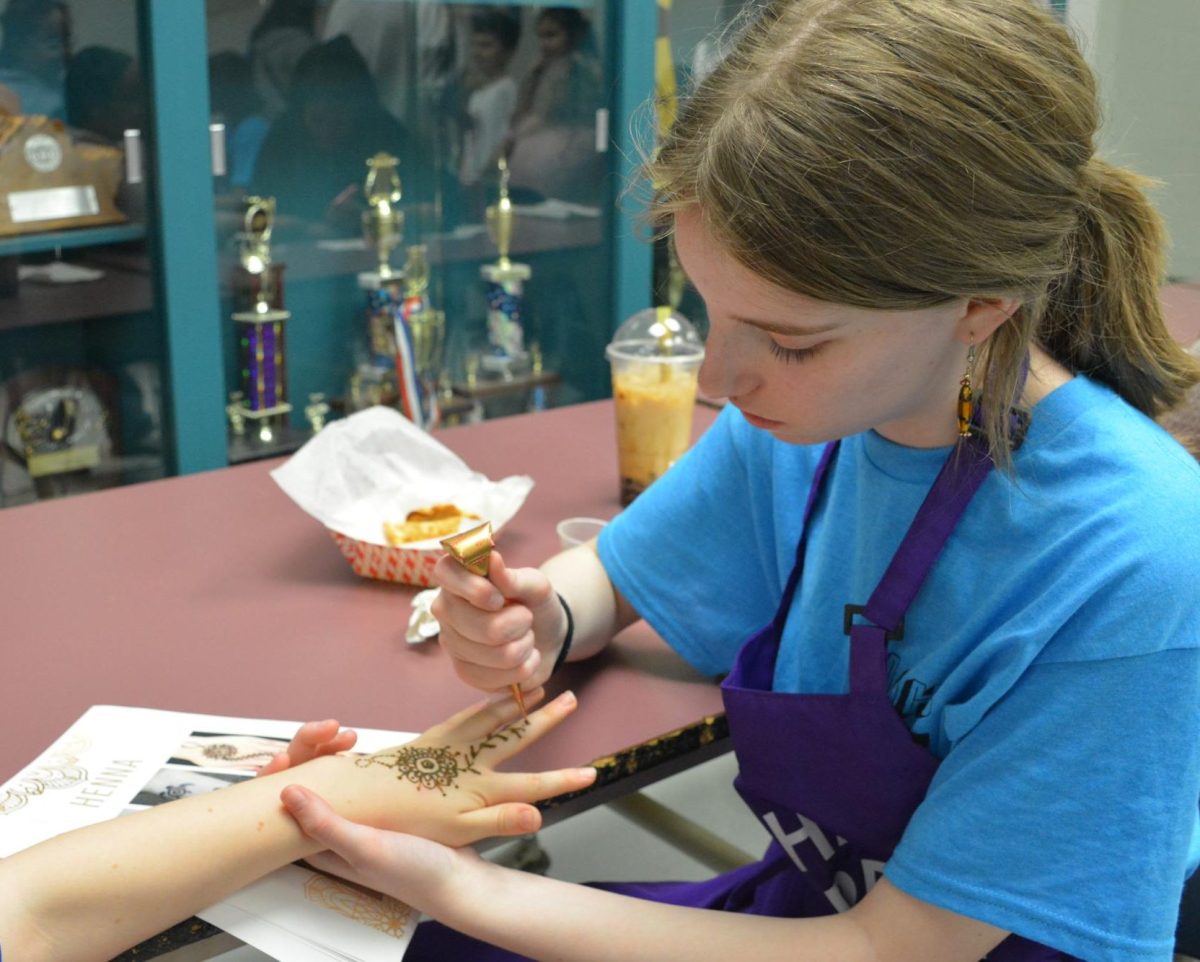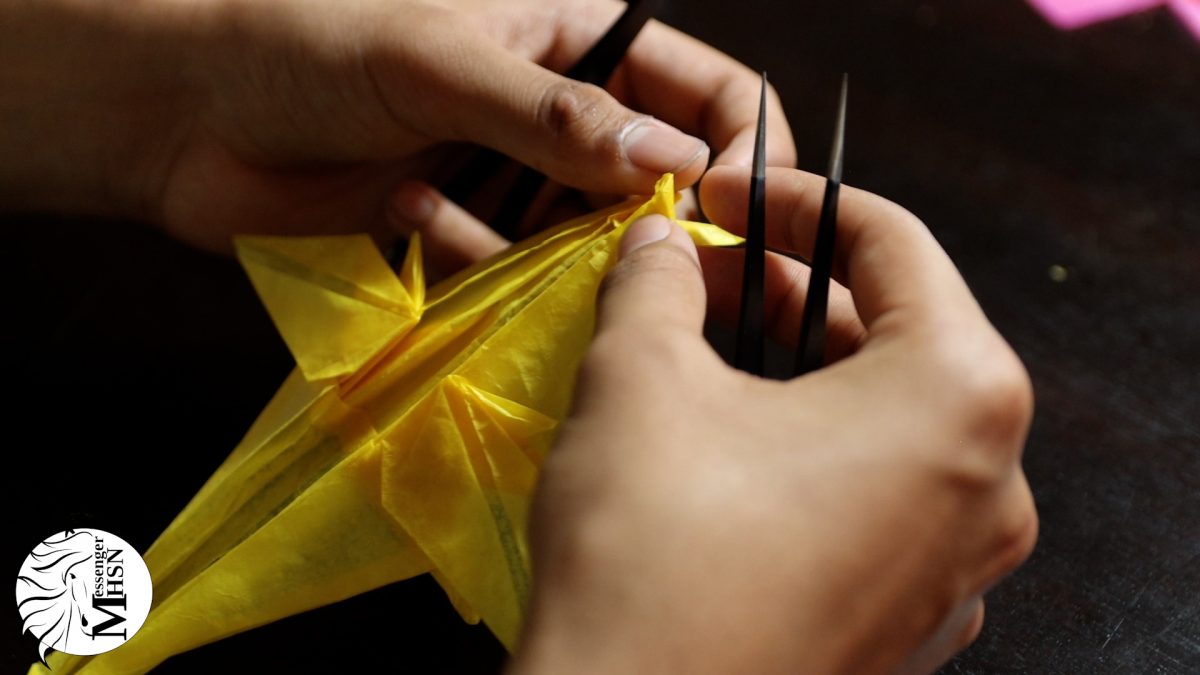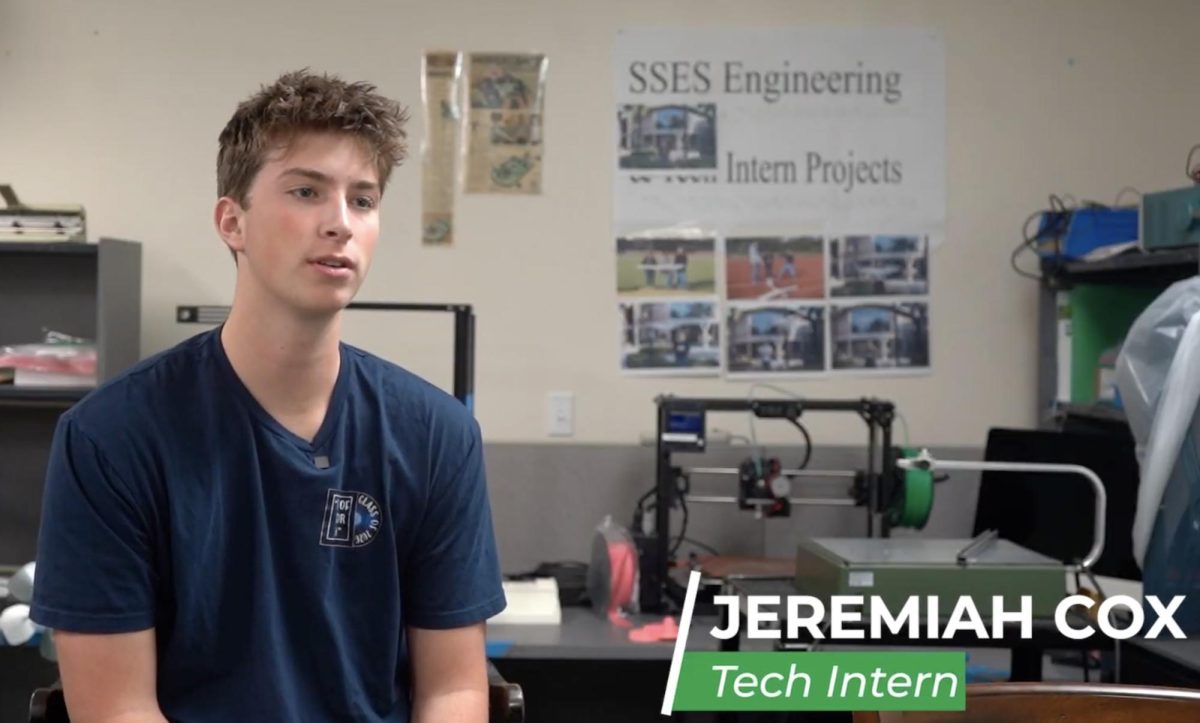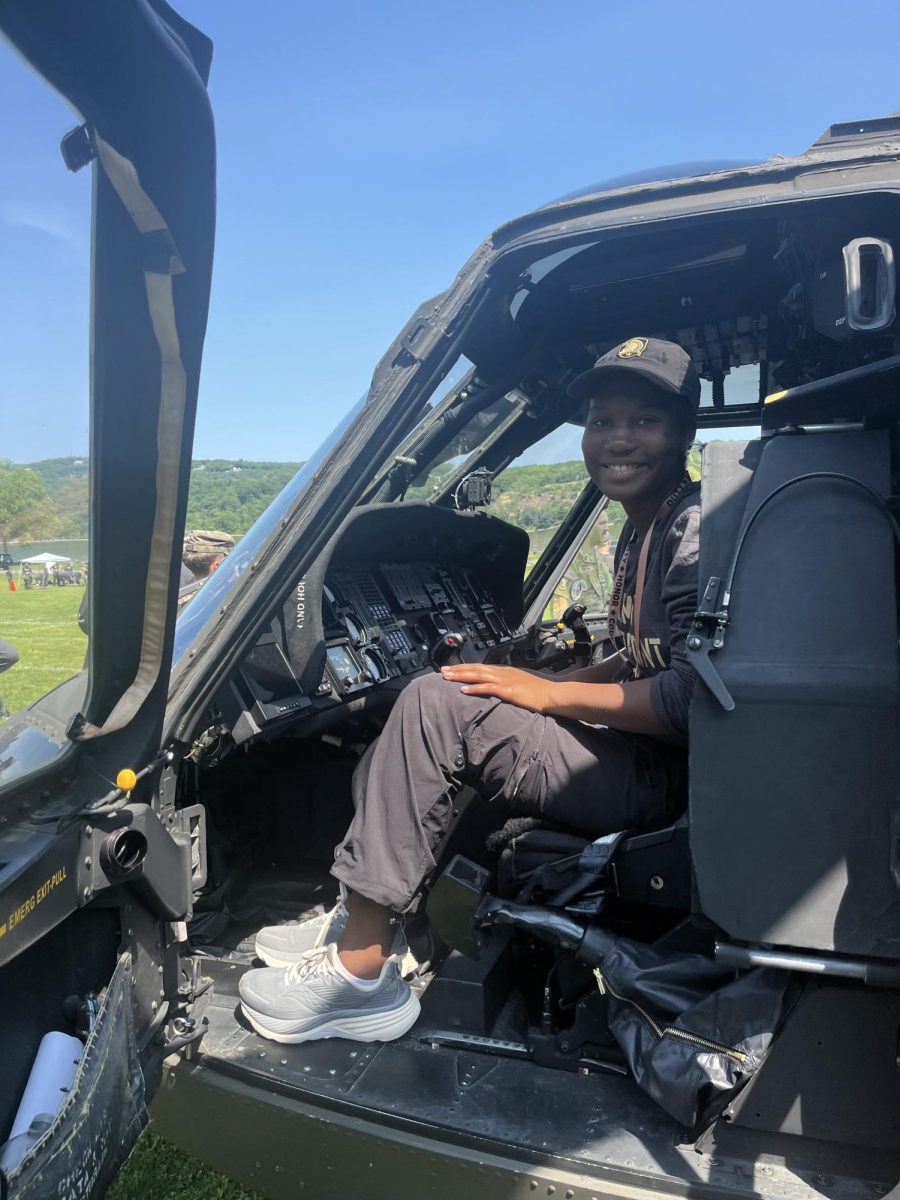“Incoming!” Gun in hand, senior Kori Hagins dove into the ground at the warning sound, the whistle of the grenade shooting through the air until it exploded. Colorful smoke engulfed the surrounding area as she positioned her gun towards the incoming smog. Though a grenade-shooting activity does not sound like one’s typical encounter at a summer camp, for Hagins, it was just another day at the Summer Leaders Experience held at West Point, the United States Military Academy.
The beginning of a new school year ushers in the usual round of college applications—in comparison to other years, however, a high influx of seniors are interested in a future directed towards military service. Options for students pursuing time in the military include either entering an academy like West Point or participating in a college elective program like the Reserve Officers’ Training Corps.
Offered at over 1,700 universities, ROTC trains collegians for post-graduation military service. ROTC also grants student scholarships, covering 100% of college tuition in return for eight years of mandatory service in the Army, Navy, Air Force or Space Force. After completing the college course, cadets are immediately granted the rank of Second Lieutenant in their respective branch.
Director of Community Engagement, Associate Director of Admission and head cheer coach D’Hania Hunt, who served twenty-three years in the Military Intelligence branch of the Army, frequently gives advice to students interested in pursuing a career in the military.
“Ask yourself if being in the military is something you really want,” Hunt said. “Some kids will say that the reason they want to go to an academy is because the college is free, but in the end you’ll pay it back with the years you serve. If you really want to go into the military and serve your country, there are multiple ways to achieve that goal. An academy is one way.”
In order to prepare cadets for a career in the U.S. military, coursework in ROTC consists of early morning physical training, leadership classes, field training and even tactical missions. In contrast to West Point or other military academies, ROTC aims to simultaneously train students while also allowing them a normal college experience.
“ROTC is the best of both worlds,” Hunt said. “At USMA, it’s definitely a different experience than your normal college life. There’s times at military academies you’ll find yourself studying all night instead of partying with friends, and your upperclassmen will scold you for things like not shining your shoes. But with ROTC, your military obligations are not all encompassing.”
Students such as Hagins are more interested in pursuing military service through an academy, which provides full-time training to cadets instead of the part-time program presented by ROTC. Five military academies are located in the U.S., offering education in the naval, army, air force, coast guard or marine branches.
At West Point, cadets undergo a curriculum consisting of basic, field, leadership and advanced military training. In addition to military education, cadets are required to pursue their choice of an academic major and participate in the 47-month West Point Physical Program. Hunt, a West Point alumna, describes her experience with the academy.
“What I loved most was the structure of it,” Hunt said. “Every day you had breakfast formation, morning classes, lunch formations, afternoon classes, and then your sport obligations, with lights out at midnight. It was unlike a regular college, where you may have one class at noon and the rest of the day is free time. At an academy, there’s always something to do.”
Before even considering the rigorous course curriculum, however, West Point sets strict standards for its application process. Students must receive a nomination from a member of Congress and submit their names to the Department of Defense medical exam review board. In addition, West Point requires that applicants take a physical examination known as the Candidate Fitness Assessment.
“There’s the basketball throw, pull-ups, forty-yard shuttle run, sit-ups, push-ups and then a one mile run, all in that order,” Hagins said. “I try to do a hundred push-ups a day in different increments—I do ten when I wake up, ten before I leave for cross country and more throughout the day. If you cannot find me, I’m probably in the weight room doing push-ups.”
The CFA is administered at West Point during the weeklong SLE camp, where candidates get a glimpse of life at the academy—practicing military formations, taking leadership classes and performing a mock R-Day, the day in which students formally begin their cadet training.
Hagins shared a sentiment on her experience participating in SLE at West Point.
“At any college you go to, everyone’s going to be there for a different reason, and that’s the same for West Point. But at SLE, it was just a bunch of people my age from all over the country, with one main goal: to be in the Army. That was just really special.”
This story was originally published on The Review on September 11, 2025.


